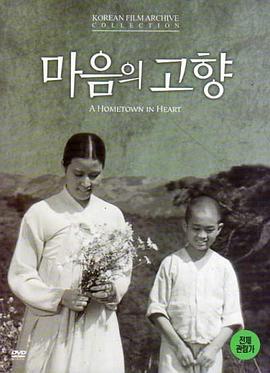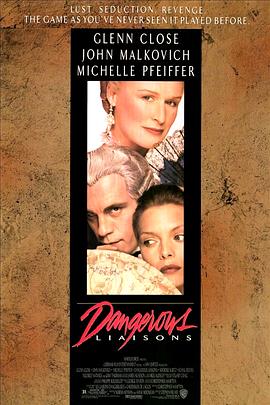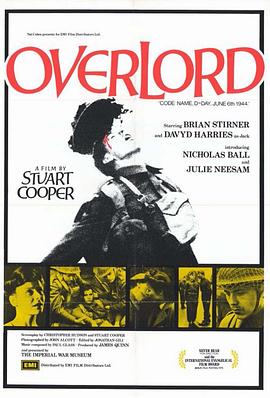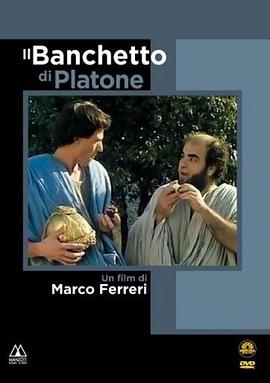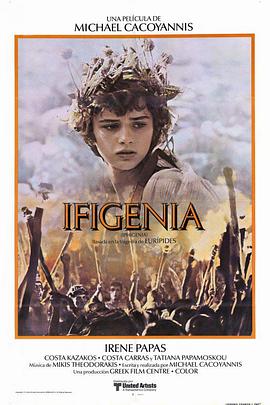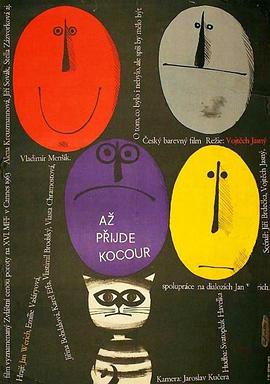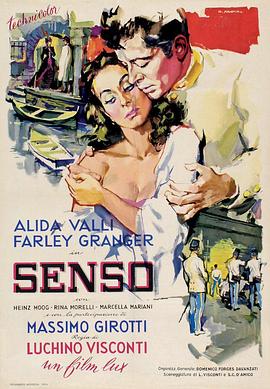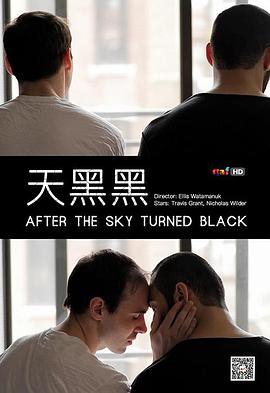-
备注:已完结
类型:剧情片
主演:Choi Eun-Hee Byeon Ki-Jong Yoo Mi
导演:尹龙奎
语言:韩语
年代:未知
简介:Synopsis Do-seong (Yoo Min) is a child monk who lives at a small mountain temple with the head monk (Byeon Ki-jong), learning the teachings of Buddha. He becomes attached to a young widow (Choi Eun-hee) who comes to pray at the temple, and the childless widow entreats the head monk to let her raise Do-seong as her own son. Conflict ensues when Do-seong's real mother (Kim Seon-young) appears, but she leaves the temple for the sake of her son's future. On the day the widow is to take the child down from the mountain, the head monk discovers that Do-seong has killed a bird by ensnaringit in a trap and decides not to let the boy go into the secular world. When Do-seong finds out that his real mother has been to the temple, he sets out to find her. Notes A film that has garnered recognition for its cinematography and direction by eliminating sentimentality and unaffectedly capturing the quiet life of a mountain temple. A Hometown in Heart demonstrates the camera technique and directorial skill of movies that appeared after the liberation of Korea. A Hometown in Heart, adapted from playwright Ham Se-deok's A Little Monk (Dong-seung), was hailed upon its release as a masterpiece that marked a new pinnacle in Korean moviemaking after the liberation. Eschewing new-school sentimentality to quietly express a boy's longing for maternal love, the film unfolds the everyday lives of three generationsthe head monk, a young monk, and a little child monkagainst the backdrop of a quiet temple in the mountains. The long shots utilized by director of cinematography Han Hyung-mo to capture the beautiful scenery of the mountain temple from a distance received great critical acclaim at the time. Also, each of the film's characters is convincingly portrayed through the skillful direction of Yoon Yong-kyu. In particular, the scene which expresses Do-seong's desperate yearning for a mother's love and his birth mother's past visit to the temple by combining them into a dream sequence reveals deep consideration for articulating story and emotion via a compressed visual grammar without tending toward sentimentalism. The movie's final scene, in which Do-seong awakens from his dream and sets off down the path in search of his mother, is both touching and beautiful. The film also features Choi Eun-hee, in the part of the young widow who warmly embraces Do-seong with her love, in one of her first roles. Afterword - Lee Kang-su, writing under the pseudonym of Kwak Il-byeong, first adapted playwright Ham Se-deok's A Little Monk (Dong-seung) into a screenplay, which was then shot for the silver screen with additional embellishments by the director.
-
备注:已完结
类型:爱情片
主演:格伦·克洛斯 约翰·马尔科维奇 米歇尔·菲佛 斯薇兹·昆茨 基努·里维
导演:斯蒂芬·弗雷斯
语言:英语
年代:未知
简介:侯爵夫人梅特伊(格伦·克洛斯 Glenn Close 饰)和恶名昭彰的浮华浪子瓦尔蒙(约翰·马尔科维奇 John Malkovich 饰)是两个在情场可互相匹敌的朋友,利用性当作武器,去抵毁对方的名誉与地位。一日,梅特伊提出让瓦尔蒙去勾引16岁的贵族少女塞西尔(乌玛·瑟曼 Uma Thurman 饰),使其失身从而身败名裂。而瓦尔蒙却认为这样太缺乏挑战,他非但引诱了纯洁的塞西尔。还追加赌注勾引虔诚、美貌素以贞节著称的杜维尔夫人(米歇尔·菲佛 Michelle Pfeiffer 饰)。最终杜维尔夫人投入了他的怀抱,而瓦尔蒙也渐渐真心爱上了杜维尔。梅特伊心生妒火,让自己的音乐教师兼新情人唐斯尼(基努·李维斯 Keanu Reeves 饰)替她报复,结果,瓦尔蒙在与唐斯尼决斗时死于剑下,杜维尔伤心致死,而梅特伊也因此名誉扫地。
-
备注:已完结
类型:剧情片
主演:李政宰 张真英 孔炯轸 裴秀暻 Bo-eun Choi 崔载元 郑灿
导演:安真祐
语言:韩语
年代:未知
简介:因为车祸使得李尚俊(李政宰 饰)失去了部分的记忆。当他看着一张曝光多度的照片时,会触动了记忆的最深处。那是一张女孩子的脸,他的潜意识告诉自己将有一段十分重要的记忆与这名女孩有关,于是他请旧同学江咏仪(张真英 饰)帮他寻找这段记忆。 过程中两人感觉自己都回到了快乐的学生时代,那个女孩子应该是尚俊暗恋的对象。他们一步步了解了很多有关女孩的事,每次都以为真相就要面世了,却又再一次把结局添上神秘感。 尚俊终于把自己失去八年的回忆找回来了,包括那一名情人……
-
备注:已完结
类型:剧情片
主演:Tatiana Papamoschou 艾琳·帕帕斯 Kostas K
导演:米哈利斯·卡科伊亚尼斯
语言:其它
年代:未知
简介:希腊悲剧三部曲终节章 奥斯卡最佳外语片提名(当年仅以一票之差败给布努艾尔的《朦胧的欲望》) 戛纳金棕榈提名 希腊萨撒隆尼基电影节最佳影片、最佳女演员2项奖
-
备注:已完结
类型:科幻片
主演:Margarete Schön Theodor Loos Paul B
语言:其它
年代:未知
简介:Wunder der Schöpfung is an extraordinary, fascinating Kulturfilm trying to explain the whole human knowledge of the 1920s about the world and the universe. 15 special effects experts and 9 cameramen were involved in the production of this film which combines documentary scenes, historical documents, fiction elements, animation scenes and educational impact. It its beautifully colored, using tinting and toning in a very elaborated way. Some visual ideas in the sequences with a space shuttle visiting different planets in the universe seem to have to be the inspiration for Stanley Kubrick's 2001 A Space Odyssey. In the context of Germany's Kulturfilm phenomenon, Wunder der Schöpfung was among the greatest achievements of the 1920s. The production was constructed, rehearsed, and shot over a period of two and a half years, under the supervision of Hanns Walter Kornblum. The idea to describe the universe and man's place in it well suited UFA's Grossfilm mentality, one year before the Metropolis catastrophe. Hundreds of skilled craftsmen participated in the project, building props and constructing scale models drawn by 15 special effects draughtsmen, while 9 cameramen in separate units worked on the historical, documentary, fiction, animation, and science-fiction sequences. Without star roles or even protagonists, the film's plot is crowded with meticulously structured and skillfully acted single scenes an artful mosaic of small vignettes. No less than four credited university professors ensured the factual background behind the scientific and historical events portrayed. The film's symbol of progress and the new scientific era is a spacecraft, travelling through the Milky Way, making all the planets and their inspiring worlds familiar to us, with the extravaganza of their distinctive features. The film's educational intentions, however, become steadily more obscure, humorous, or even campy as this popularization project proceeds. With the excuse of presenting the end of the world a not-so-new concept as a new, undeniably scientific truth, the film veers happily along a new path, displaying detailed apocalyptic scenes of the end of mankind. For today's audiences, this amazing film demonstrates how the universe was comprehended in the 1920s, and how that view was sold to contemporary audiences.
